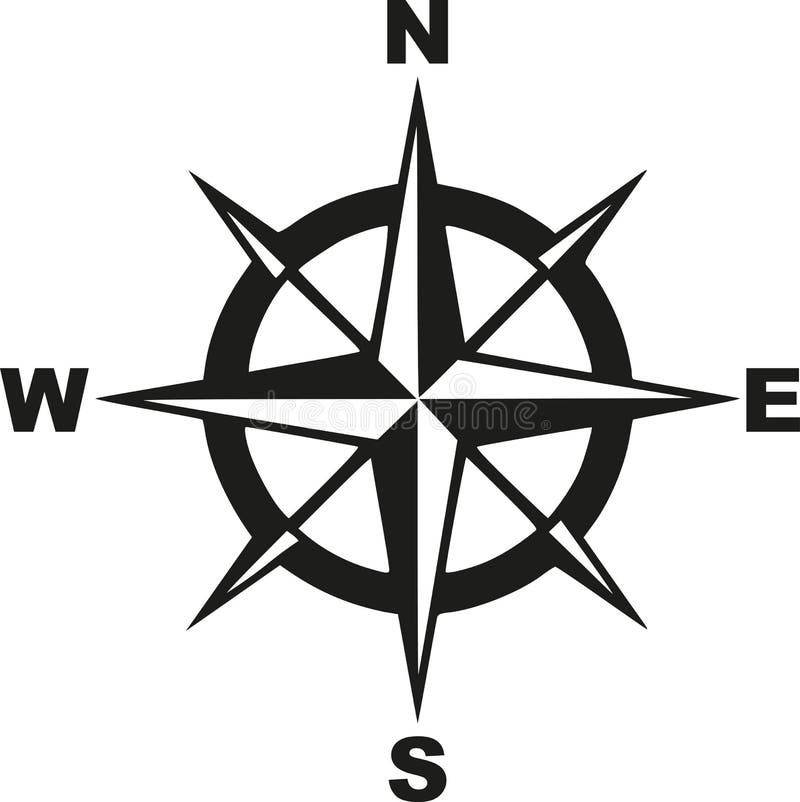South Africa is often referred to as the “Rainbow Nation,” a term that encapsulates its rich tapestry of cultural diversity. This epithet, coined by Archbishop Desmond Tutu, signifies the plethora of ethnicities, languages, and traditions coexisting within the country. But have you ever pondered how such a vivid mosaic of cultures influences social cohesion and national identity? This question invites a deeper exploration into the mechanisms of this diversity and the challenges it presents.
The nation is home to eleven official languages, each reflecting a unique cultural heritage. These languages—ranging from Zulu and Xhosa to Afrikaans and English—serve not just as means of communication but as vessels of history, customs, and philosophies. The linguistic diversity embodies the historical complexities of colonization, apartheid, and the ongoing quest for reconciliation. However, this plethora of languages also poses a challenge: how can a nation so linguistically varied cultivate a unified identity while respecting each culture’s individuality?
At the heart of South Africa’s cultural richness is its multitude of ethnic groups, each with distinct traditions, rituals, and worldviews. The Zulu and Xhosa peoples dominate the cultural landscape, but they are joined by a myriad of other groups, including the Sotho, Tswana, Venda, and Ndebele. Each group contributes its own unique customs, art forms, and belief systems, which can be observed in the vibrant festivals, dances, and music that punctuate the South African calendar. For instance, the Xhosa initiation ceremony, known as ‘ulwaluko,’ is a rite of passage deeply rooted in tradition and community. Yet, in a globalizing world, how can these age-old practices be preserved amid the encroaching homogenization of cultures?
Culinary diversity also plays a significant role in expressing South African culture. The cuisine is a delightful amalgamation of flavors and ingredients influenced by indigenous practices and colonial imports. From the savory boerewors (farm-style sausage) to the fragrant bunny chow (a hollowed-out loaf filled with curry), food becomes a medium through which cultural narratives are shared. The annual National Braai Day celebrates not just a culinary tradition but also promotes unity among diverse ethnic groups. However, with the rise of fast food and westernized eating habits, how can South Africans protect and promote their culinary heritage?
Moreover, arts and literature serve as critical components in the expression and preservation of cultural identity. South African literature boasts a wide array of voices, reflecting the nation’s struggles and triumphs. Writers such as Nadine Gordimer and Achmat Dangor delve into issues of race, identity, and justice, contributing to a global discourse on human rights and dignity. Similarly, visual arts flourish in this context, where artists like William Kentridge and Esther Mahlangu draw on cultural motifs to create thought-provoking pieces that resonate both locally and internationally.
Despite the vibrancy of this cultural mosaic, challenges persist. Socioeconomic disparities and historical injustices have resulted in tensions among different cultural groups. The legacy of apartheid still looms large, and while political structures have changed, societal division remains a formidable obstacle. How can South Africans reconcile past grievances while fostering a shared future? The answer lies in dialogue, understanding, and mutual respect.
Education plays a pivotal role in this journey. Schools are increasingly becoming spaces where students of various backgrounds interact, fostering cross-cultural friendships and understanding. Incorporating diverse cultural curricula can promote respect and appreciation for one another’s histories. Initiatives that encourage multilingualism in schools affirm the importance of each language while enhancing learning outcomes. But are current educational frameworks robust enough to cultivate such multifaceted understanding? This continues to be an ongoing challenge.
Furthermore, the role of technology and social media cannot be overlooked in the discourse surrounding cultural diversity. These platforms offer unique opportunities for cultural exchange and awareness. Young South Africans use social media to celebrate their heritage while promoting inclusivity and solidarity. However, the digital realm is also rife with misinformation and divisive narratives. Social media can spawn echo chambers, where negative stereotypes and cultural misrepresentations can thrive at unprecedented scales. How can South Africans harness the power of technology while safeguarding against its potential pitfalls?
Looking toward the future, the challenge of cultural diversity in South Africa remains complex yet promising. The notion of ubuntu, meaning “I am because we are,” epitomizes the interconnectedness that lies at the heart of South African society. Embracing this philosophy can facilitate greater harmony and collaboration across cultural divides. As the nation grapples with its multifaceted identity, the ongoing dialogue about diversity, inclusion, and unity will be crucial in shaping a resilient national consciousness.
In conclusion, South Africa’s cultural diversity is both a strength and a challenge. The vibrancy of its ethnicities, languages, and traditions forms an intricate web crucial to the nation’s identity. By fostering understanding, respect, and dialogue, South Africa can continue to prosper as a true Rainbow Nation that celebrates its diversity while forging a common future. The journey is fraught with challenges, but the potential for a harmonious coexistence is undoubtedly within reach.
